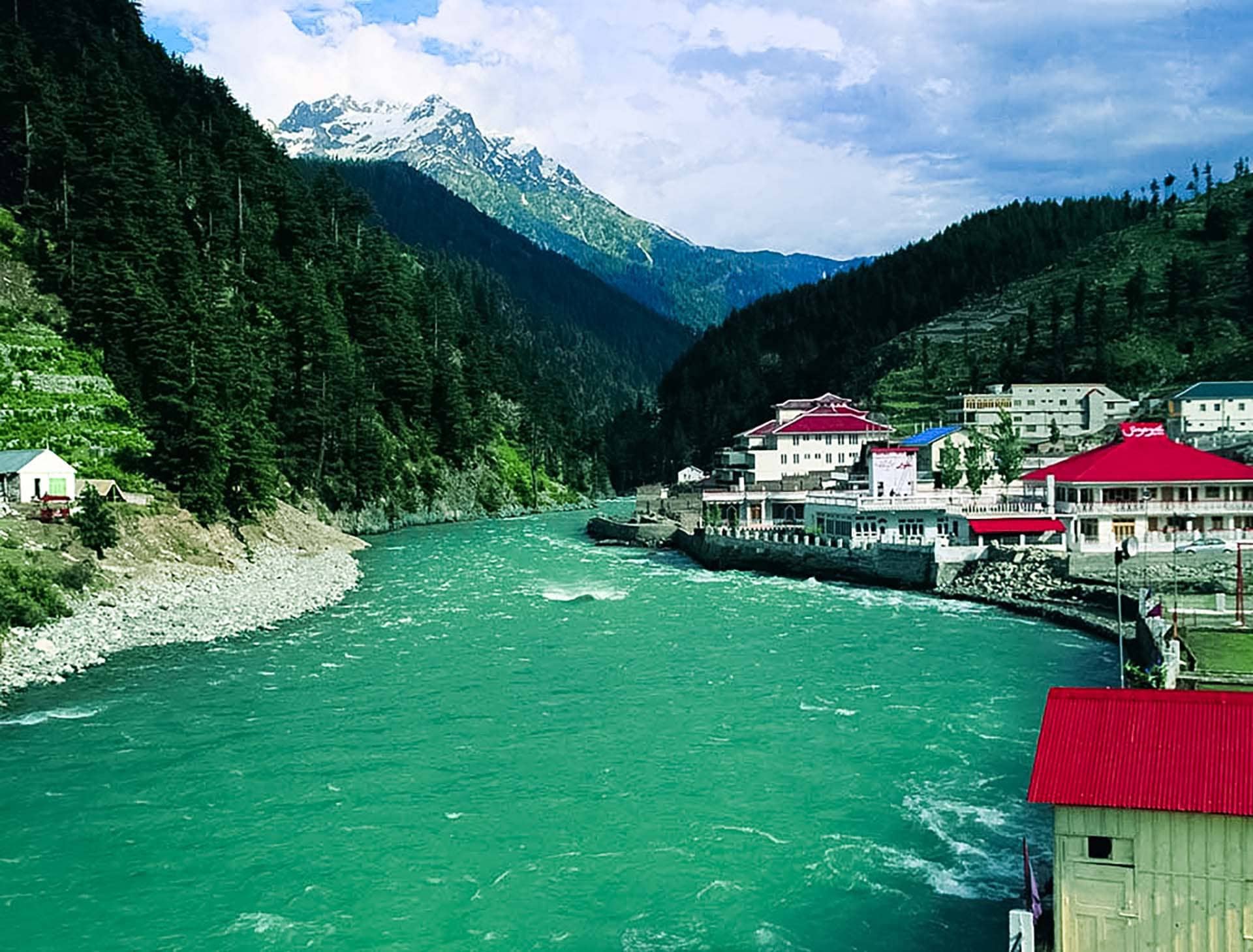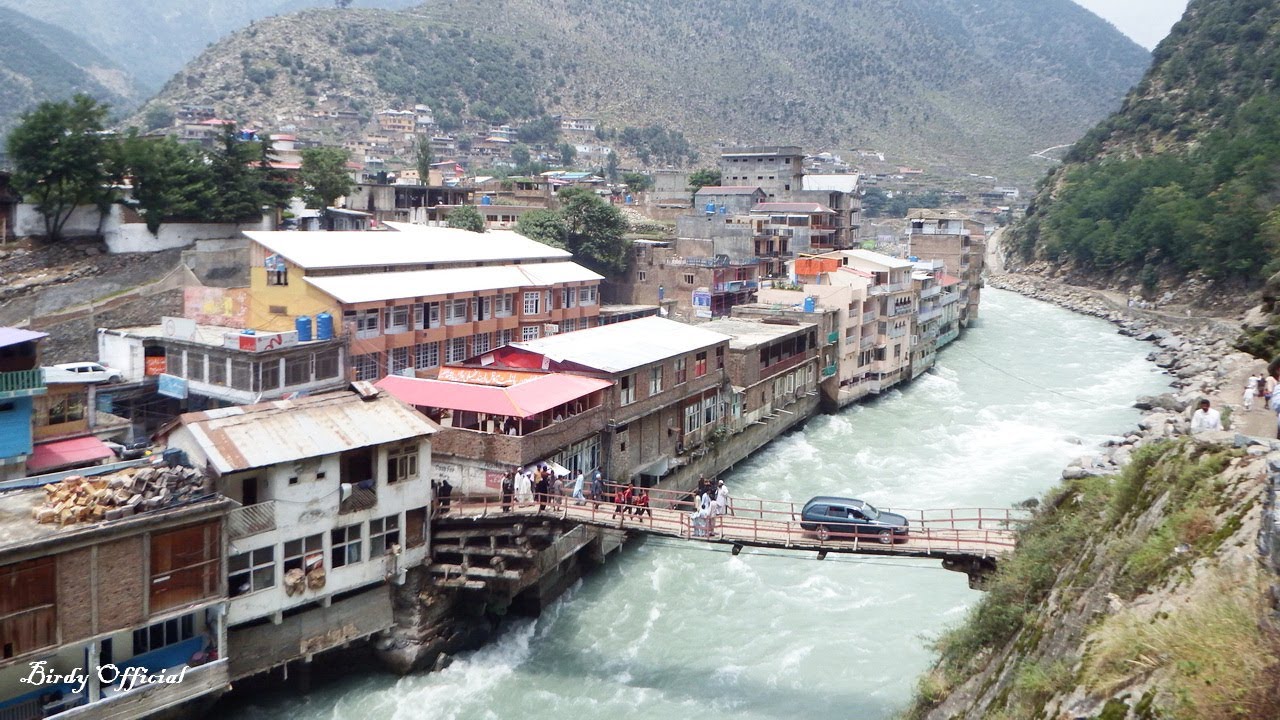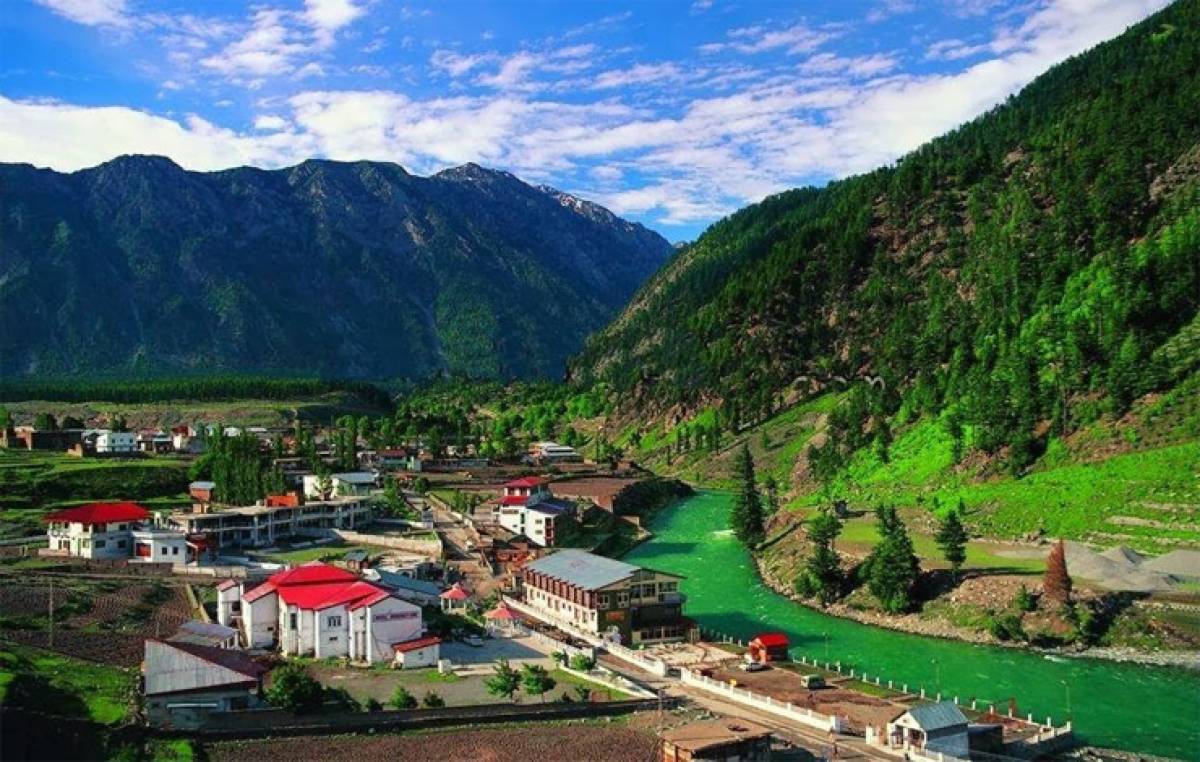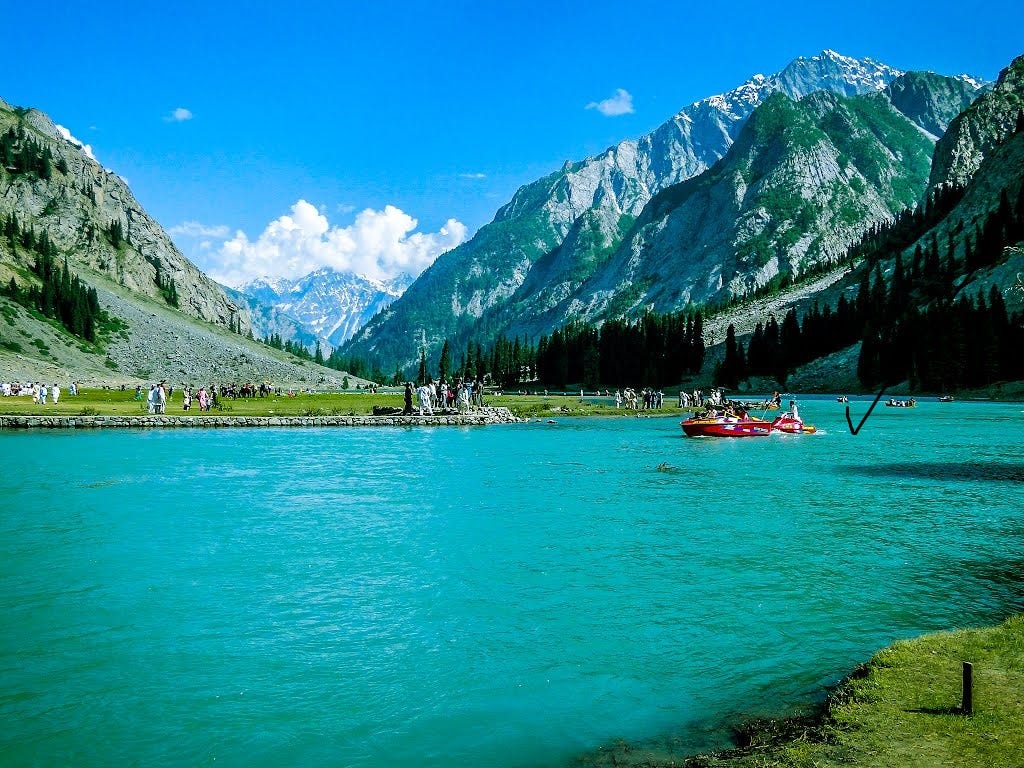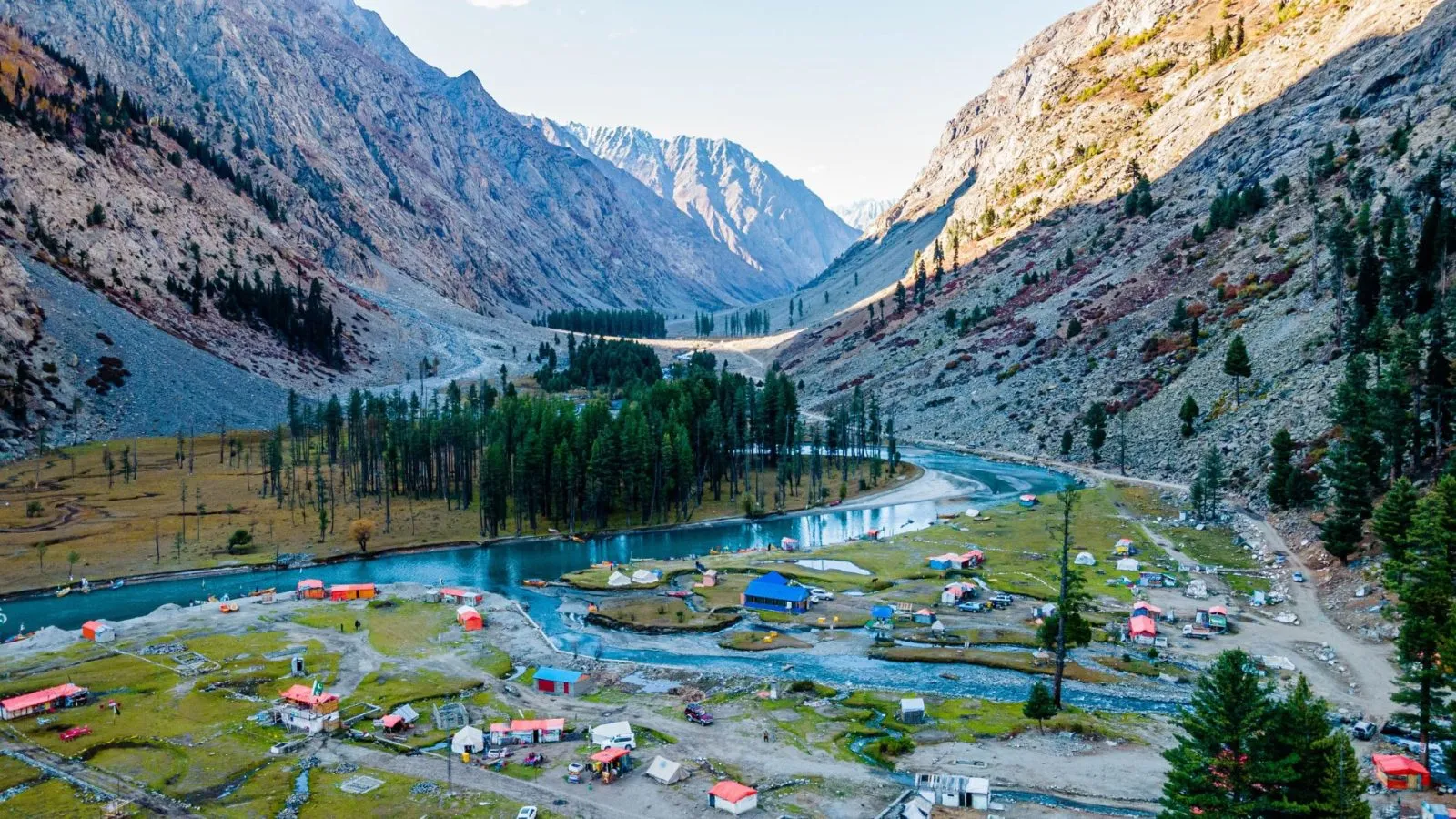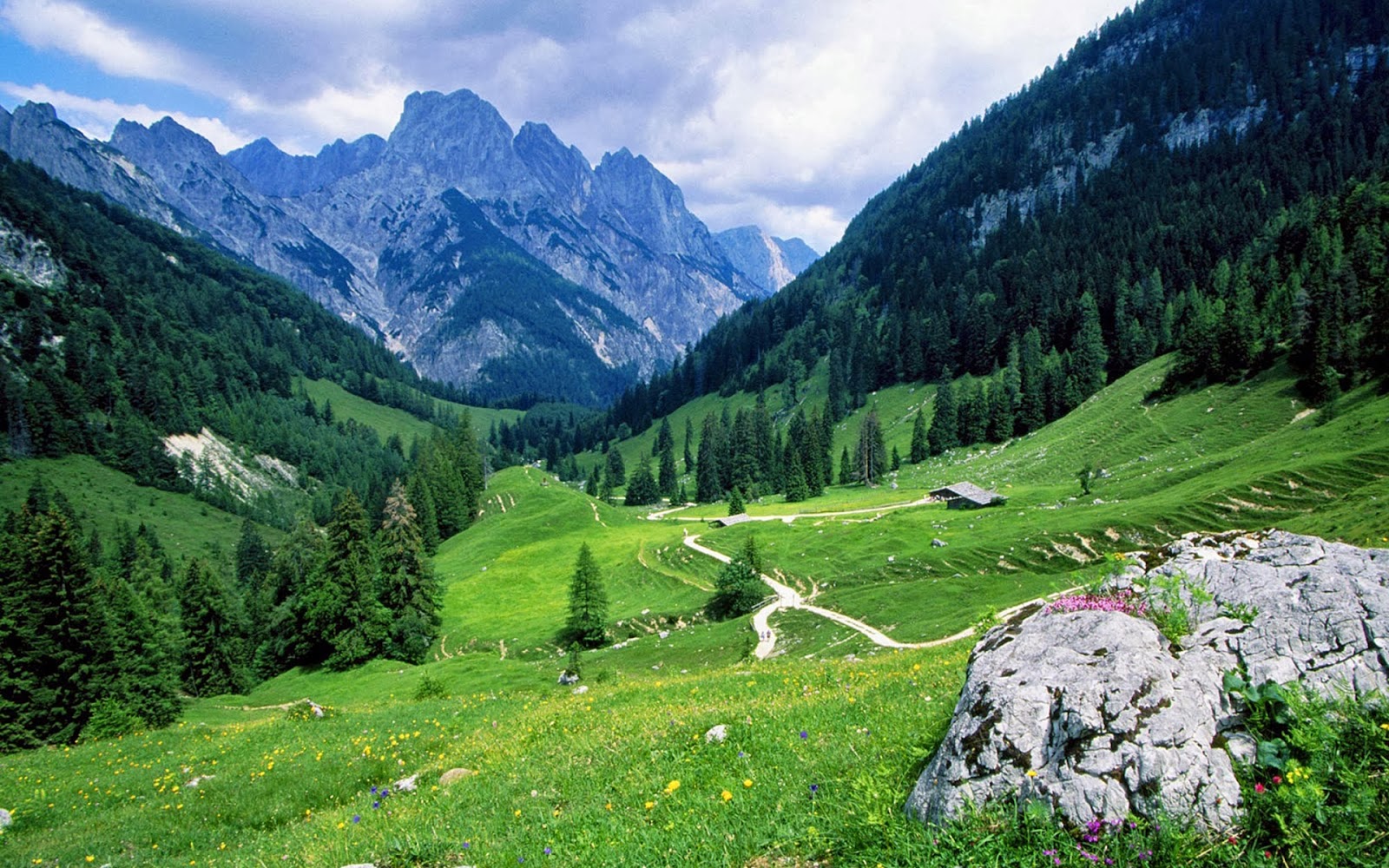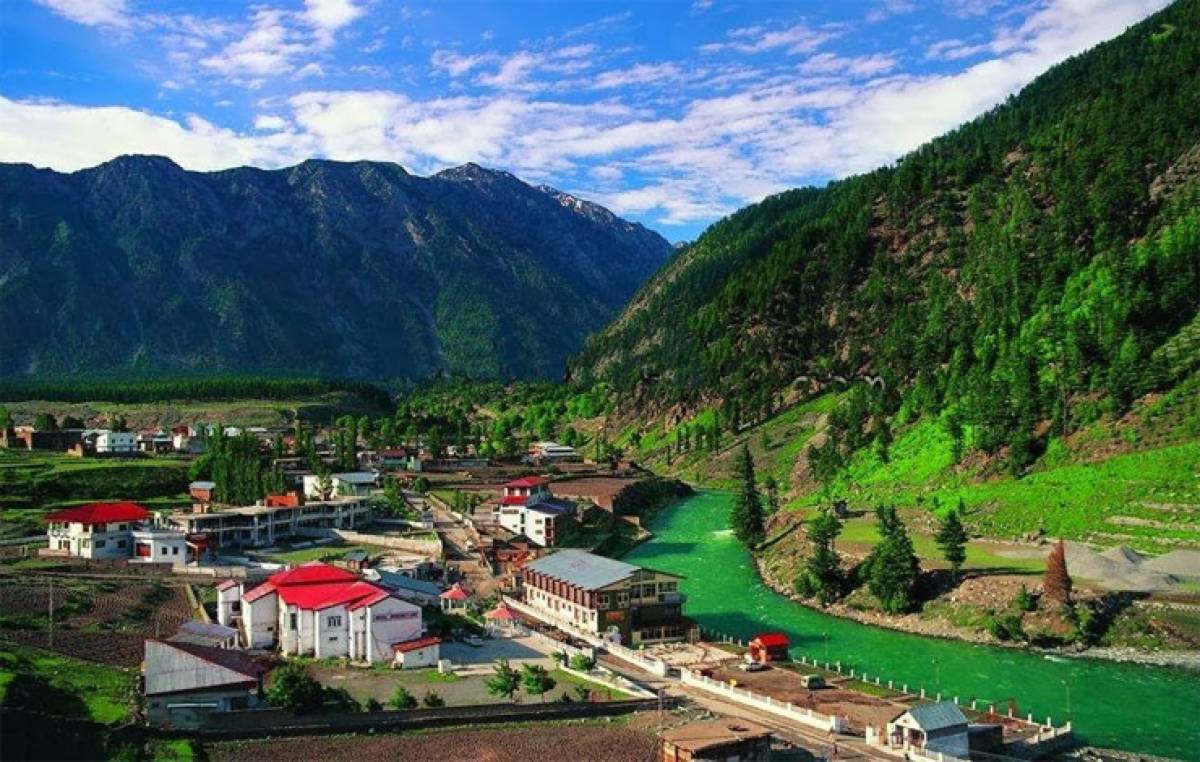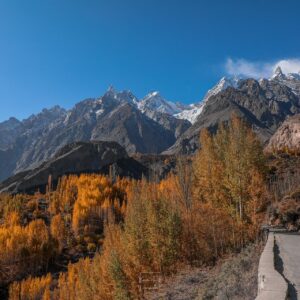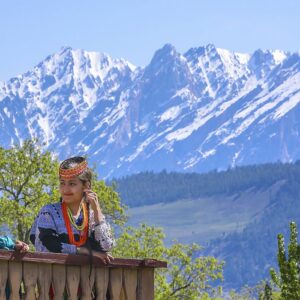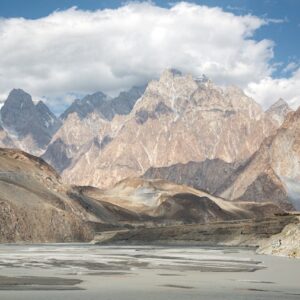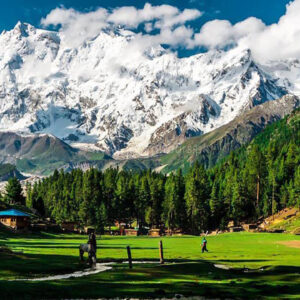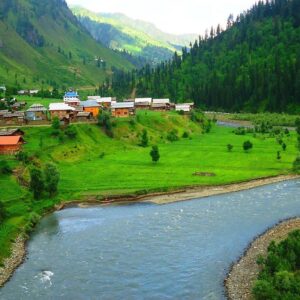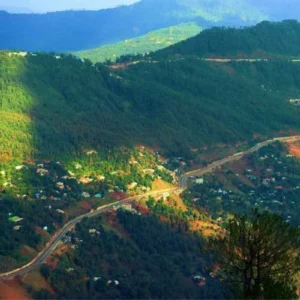Description
Introduction
Swat Valley, often referred to as the “Switzerland of the East,” is a stunning region in the Khyber Pakhtunkhwa province of Pakistan. Known for its lush green valleys, snow-capped mountains, and crystal-clear rivers, Swat Valley offers a perfect blend of natural beauty and cultural richness. Whether you’re seeking adventure, relaxation, or a deep dive into history, Swat Valley has something for everyone.
Historical Background
Swat Valley has a rich history that dates back to ancient times. It was once a major center of Buddhism and home to numerous monasteries and stupas. The region was also part of the Gandhara civilization, known for its unique art and architecture. Today, Swat is a vibrant area that showcases a blend of ancient traditions and modern influences.
Swat Valley, often referred to as the “Switzerland of Pakistan,” is a breathtaking destination known for its lush green landscapes, snow-capped mountains, crystal-clear rivers, and rich cultural heritage. Here’s a guide to what you can experience in Swat Valley:
1. Scenic Beauty:
- Mingora and Saidu Sharif: The twin cities serve as the gateway to Swat Valley, offering picturesque views and a blend of modern and traditional life. Visit the Swat Museum to explore the region’s Buddhist heritage.
- Kalam Valley: A must-visit for its stunning landscapes, including dense forests, waterfalls, and the Ushu Forest, which is perfect for nature walks and picnics.
- Malam Jabba: Famous for its ski resort, Malam Jabba is a winter wonderland offering skiing, snowboarding, and chairlift rides, as well as hiking trails in the summer.
2. Adventure Activities:
- Trekking: Swat Valley is a trekker’s paradise, with numerous trails leading to high-altitude lakes, such as Lake Mahodand and Spin Khwar Lake, surrounded by majestic peaks.
- River Rafting: The Swat River provides opportunities for river rafting, offering both thrilling rapids and calmer stretches for a more relaxed experience.
- Fishing: Enjoy trout fishing in the clear waters of the Swat River and its tributaries, particularly in the areas around Madyan and Bahrain.
3. Cultural Experiences:
- Buddhist Heritage: Swat Valley is home to several ancient Buddhist sites, including the Butkara Stupa and the ruins of the Udegram Buddhist Monastery. The region’s rich history is reflected in its architecture and archaeological sites.
- Local Crafts: Visit local markets to purchase Swati handicrafts, such as embroidered garments, shawls, wood carvings, and traditional jewelry, which make for unique souvenirs.
4. Historical Sites:
- Swat Museum: Located in Saidu Sharif, the museum houses artifacts from the Gandhara civilization, including Buddhist sculptures, coins, and pottery.
- Udegram Buddhist Monastery: Explore the ancient ruins of this monastery, which offer insights into the region’s Buddhist past.
- Shingardar Stupa: An ancient Buddhist stupa located near Barikot, showcasing the historical significance of Swat during the Gandhara period.
5. Relaxation and Wellness:
- Natural Springs: Relax in the natural hot springs found in various parts of the valley, known for their therapeutic properties.
- Luxury Resorts: Swat offers a range of accommodations, from luxury resorts with modern amenities to charming guesthouses that provide a more intimate experience with nature.
6. Culinary Delights:
- Traditional Cuisine: Savor local dishes such as chappal kebabs, pulao, and shomleh (a traditional Swati soup), along with freshly caught trout from the river.
- Tea Houses: Enjoy a cup of traditional green tea or kahwa in one of the many tea houses scattered throughout the valley, often set against the backdrop of stunning mountain views.
7. Photography and Sightseeing:
- Panoramic Views: Capture the breathtaking landscapes of Swat, from the verdant valleys to the snow-covered peaks. The views from Malam Jabba and Kalam are particularly stunning.
- Waterfalls and Lakes: Visit and photograph the many waterfalls and lakes in the valley, including the mesmerizing Mahodand Lake and the dramatic White Palace Marghzar.
8. Festivals and Events:
- Shandur Polo Festival: Although held on the border between Swat and Gilgit-Baltistan, this high-altitude polo festival is a cultural highlight that attracts visitors from all over.
- Local Festivals: Participate in local festivals that celebrate the cultural and religious traditions of the Swati people, offering a glimpse into the region’s vibrant community life.
Swat Valley is a perfect blend of natural beauty, adventure, culture, and relaxation, making it an ideal destination for travelers seeking a serene yet exciting getaway. Whether you’re looking to explore ancient ruins, embark on thrilling outdoor adventures, or simply unwind in a tranquil setting, Swat Valley has something to offer everyone.
Lesser-Known Attractions in Swat Valley
- Butkara Stupa
- An ancient Buddhist stupa that dates back to the 2nd century BCE. It’s a significant archaeological site that offers insights into the region’s Buddhist heritage.
- Shingardar Stupa
- Another important Buddhist site, this stupa is located near Barikot and is known for its historical significance.
- Fizagat Park
- A serene park located in Mingora, perfect for picnics and leisurely walks. It offers beautiful views of the Swat River.
- Ushu Forest
- A dense forest near Kalam, is known for its scenic beauty and tranquil environment. It’s a great spot for hiking and nature walks.
- Spin Khwar (White Stream) Lake
- A hidden gem in the Swat Valley, this lake is known for its crystal-clear waters and stunning surroundings.
- Gabin Jabba
- A lesser-known but beautiful area with lush green meadows and panoramic views. It’s ideal for hiking and camping.
These attractions provide a unique and intimate experience of Swat Valley, away from the usual tourist spots. Enjoy your journey through this enchanting region! If you need more information or assistance, feel free to ask.
Swat Valley hosts several vibrant local festivals that celebrate its rich cultural heritage and traditions. Here are some notable ones:
1. Kalam Summer Festival
- When: July or August
- Where: Kalam Valley
- Description: This festival is a cultural and recreational event featuring traditional music, dance, sports, and food. It attracts both locals and tourists, offering a lively atmosphere with activities like paragliding, jeep rallies, and boating.
2. Chiraghan Festival
- When: Varies (related to the Buddhist calendar)
- Where: Bahrain, Swat
- Description: This festival celebrates various events in the Buddhist calendar. It includes vibrant local traditions, such as folk music played with instruments like the Rabab and Harmonium, and traditional dances like Attan, Khattak, and Labaik.
3. Uchal Festival
- When: August
- Where: Kalash Valleys (near Swat)
- Description: Although primarily celebrated in the Kalash Valleys, the Uchal Festival is also significant in Swat. It marks the harvest season with traditional music, dance, and feasts, showcasing the unique culture of the Kalash people.
4. Swat Snow Festival
- When: Winter (December to February)
- Where: Malam Jabba
- Description: This festival is perfect for snow sports enthusiasts. It features skiing, snowboarding, ice skating, and other winter activities. The festival also includes cultural performances and local cuisine.
5. Jashn-e-Baharan (Spring Festival)
- When: March or April
- Where: Various locations in Swat
- Description: Celebrating the arrival of spring, this festival includes flower shows, traditional music and dance, and various outdoor activities. It’s a great time to experience the natural beauty of Swat Valley in full bloom.
These festivals provide a wonderful opportunity to immerse yourself in the local culture and traditions of Swat Valley. If you need more details or assistance in planning your visit around these festivals, feel free to ask!
Itinerary
Set out early from Islamabad, traveling via the M-1 motorway and then the Swat Expressway to Chakdara before reaching Saidu Sharif. In the afternoon, explore the bustling Mingora Bazaar, a vibrant commercial hub renowned for its emeralds, a specialty of Swat, and the Murghzar white palace. Return to your hotel for an overnight stay.
Following breakfast, embark on a journey to Kalam valley, located 98 kilometers from Saidu Sharif at an elevation of 2070 meters. Along the way, make stops to explore the charming towns of Madyan and Bahrain. Spend the night at a hotel in Kalam.
Embark on a local jeep excursion today to explore Ushu and Lake Mahodand. Revel in the breathtaking scenery and panoramic views of Swat's highest peak, Falaksair, standing at 5918 meters. After a day filled with exploration, return to Kalam in the late afternoon for an overnight stay.
In the morning, begin your journey back to Saidu Sharif, retracing your route. Along the way, stop at Malam Jabba, renowned for its newly reconstructed ski resort, now open to the public. A short 15-minute walk leads to a Buddhist stupa and monastery, adding historical depth to your visit. In the afternoon, continue on to Mingora/Saidu Sharif for an overnight stay.
Following breakfast, commence your journey back to Islamabad. During the trip, make a brief stop at the Swat Museum and explore the remains of the Butkara Monastery, offering a final glimpse of the beauty and history of Swat. Upon arrival in Islamabad, transfer to your designated drop-off point.
Location
Faq
The best time to visit is from April to October when the weather is pleasant and the valleys are lush and green. Winter (December to February) is ideal for snow sports enthusiasts.
The most convenient way is to travel by road, which takes approximately 4-5 hours. There are also regular bus services available.
Pack comfortable clothing, sturdy walking shoes, a hat, sunscreen, and a camera. If visiting in winter, bring warm clothes, as temperatures can drop significantly.
Yes, it is generally safe to travel to Swat Valley. However, it is always advisable to stay updated on travel advisories and follow local guidelines.
Yes, our tours include opportunities to interact with the local people, learn about their culture, and participate in their traditional activities.
No special permits are required for international tourists. However, it is recommended to carry your identification documents at all times.
